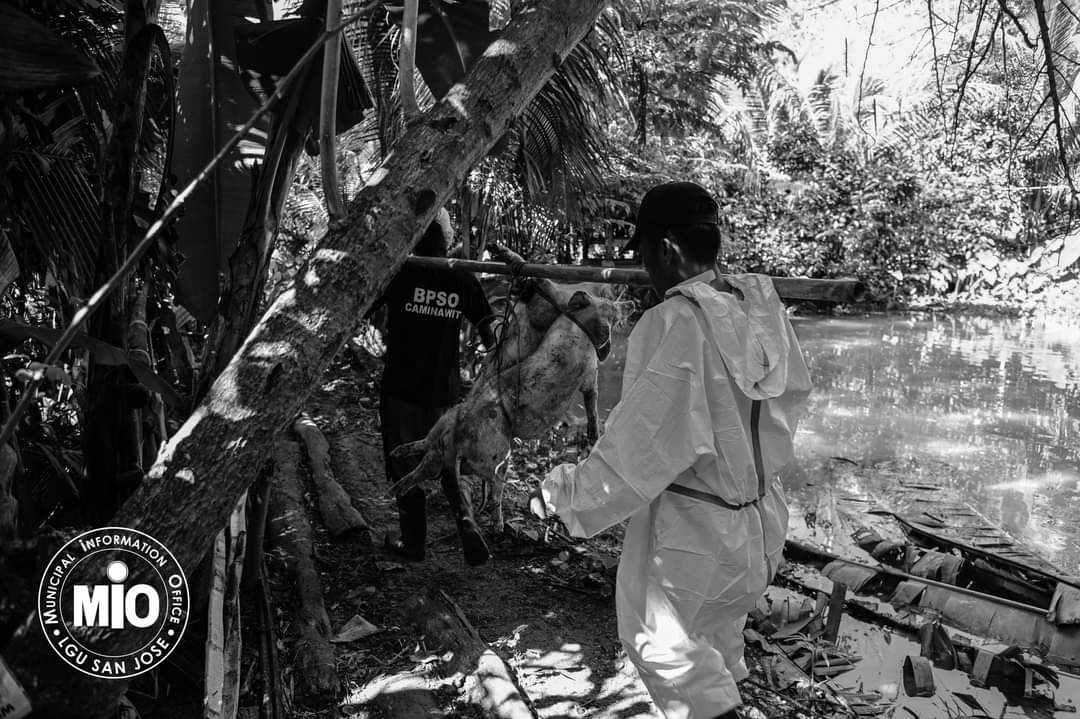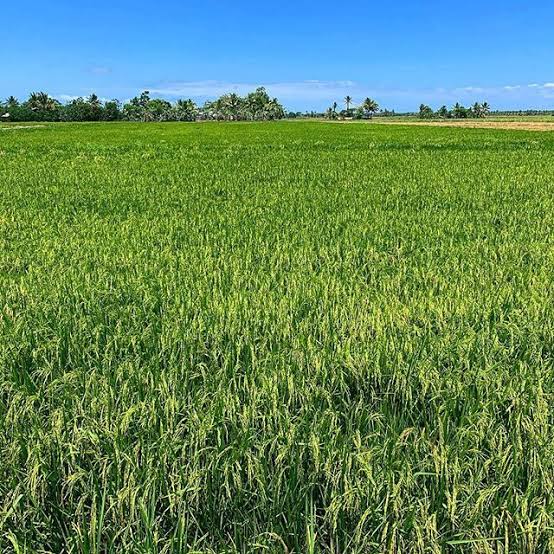SAN JOSE, OCCIDENTAL MINDORO — The estimated loss due to the African Swine Fever (ASF) outbreak in San Jose has reached P150,097,000.00, according to the latest data from the Municipal Agriculture Office.
The office reported 12,791 swine deaths among 1,516 affected hog raisers in 16 barangays.
A depopulation team was dispatched to Barangay Ansiray yesterday to conduct depopulation of ASF-positive and exposed pigs.
The municipality has been placed under state of calamity since the outbreak was first monitored in July.

ASF A GLOBAL PROBLEM
African Swine Fever (ASF) is a highly contagious and deadly viral disease that affects pigs and wild boars. The disease, which is not transmissible to humans, has been wreaking havoc on the global pork industry, causing widespread losses and disrupting food supplies.
First identified in 1921 in Kenya, ASF has since spread to various parts of the world, including Europe, Asia, and the Americas. The disease is characterized by symptoms such as high fever, loss of appetite, and hemorrhaging, and can cause mortality rates of up to 100% in infected herds.
ASF is typically spread through direct contact with infected animals, contaminated feed and water, and vectors such as ticks and flies. The disease can also be spread through human activity, such as the movement of infected animals and contaminated products.
The World Organization for Animal Health (OIE) has classified ASF as a major animal disease, and the World Health Organization (WHO) has warned that the disease poses a significant threat to global food security.
In recent years, ASF outbreaks have been reported in several countries, including China, the Philippines, and Vietnam, resulting in significant losses to the pork industry. The disease has also had a major impact on small-scale farmers and rural communities, who rely heavily on pig farming for their livelihoods.
Efforts to control the spread of ASF include the implementation of strict biosecurity measures, such as the quarantine of infected areas and the destruction of infected animals. Vaccines are also being developed, but their effectiveness and availability remain limited.









Write Your Comment